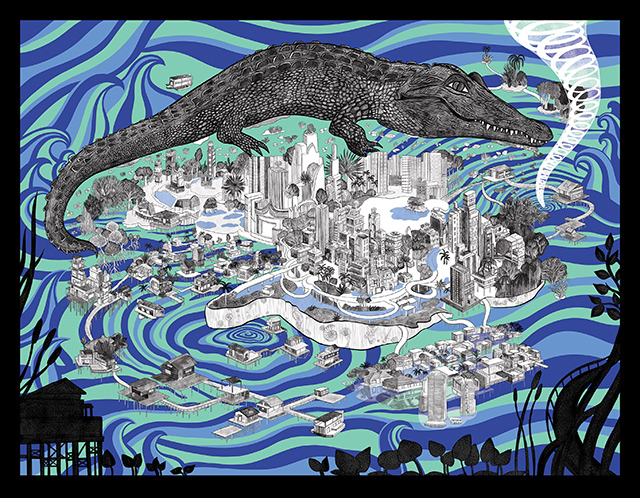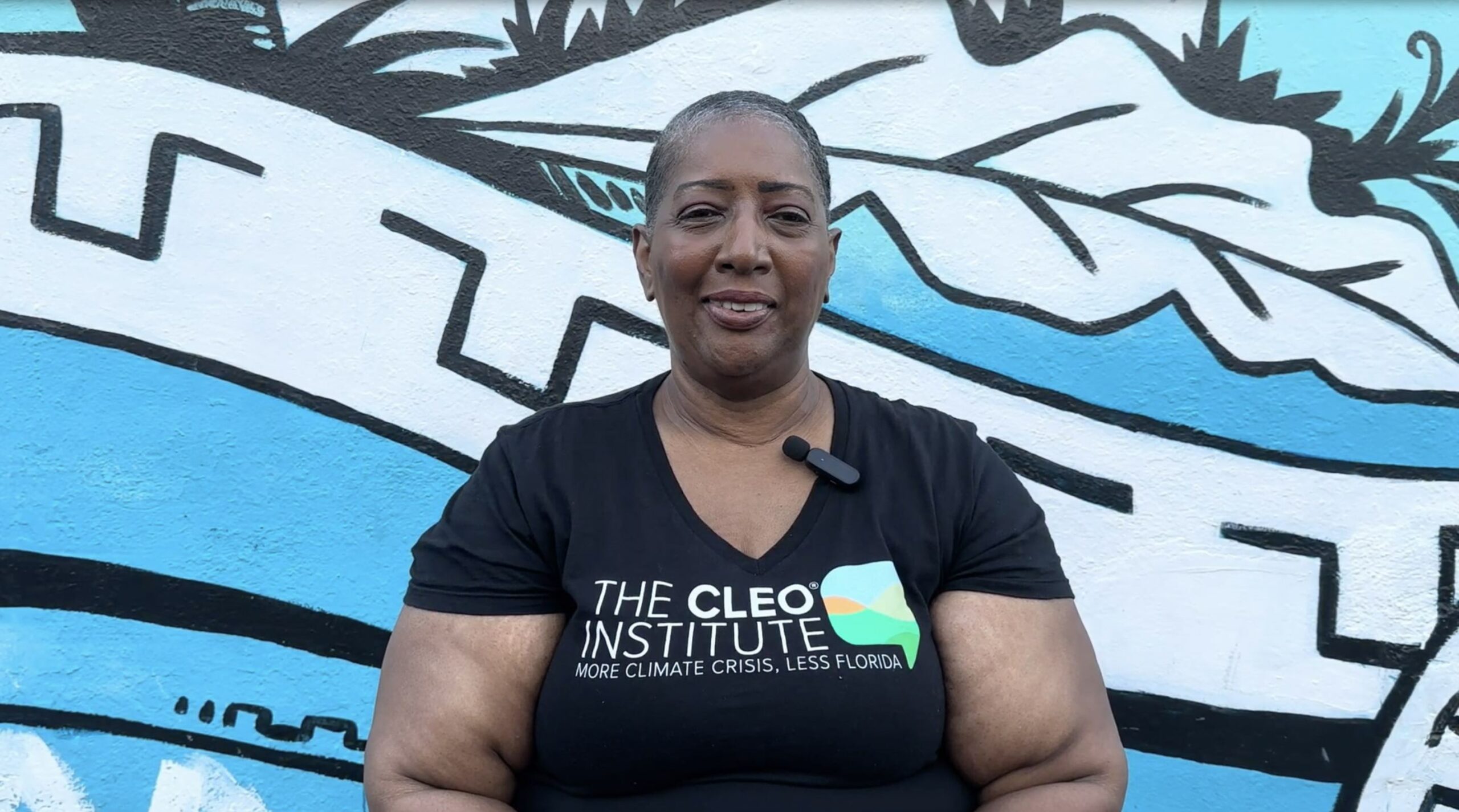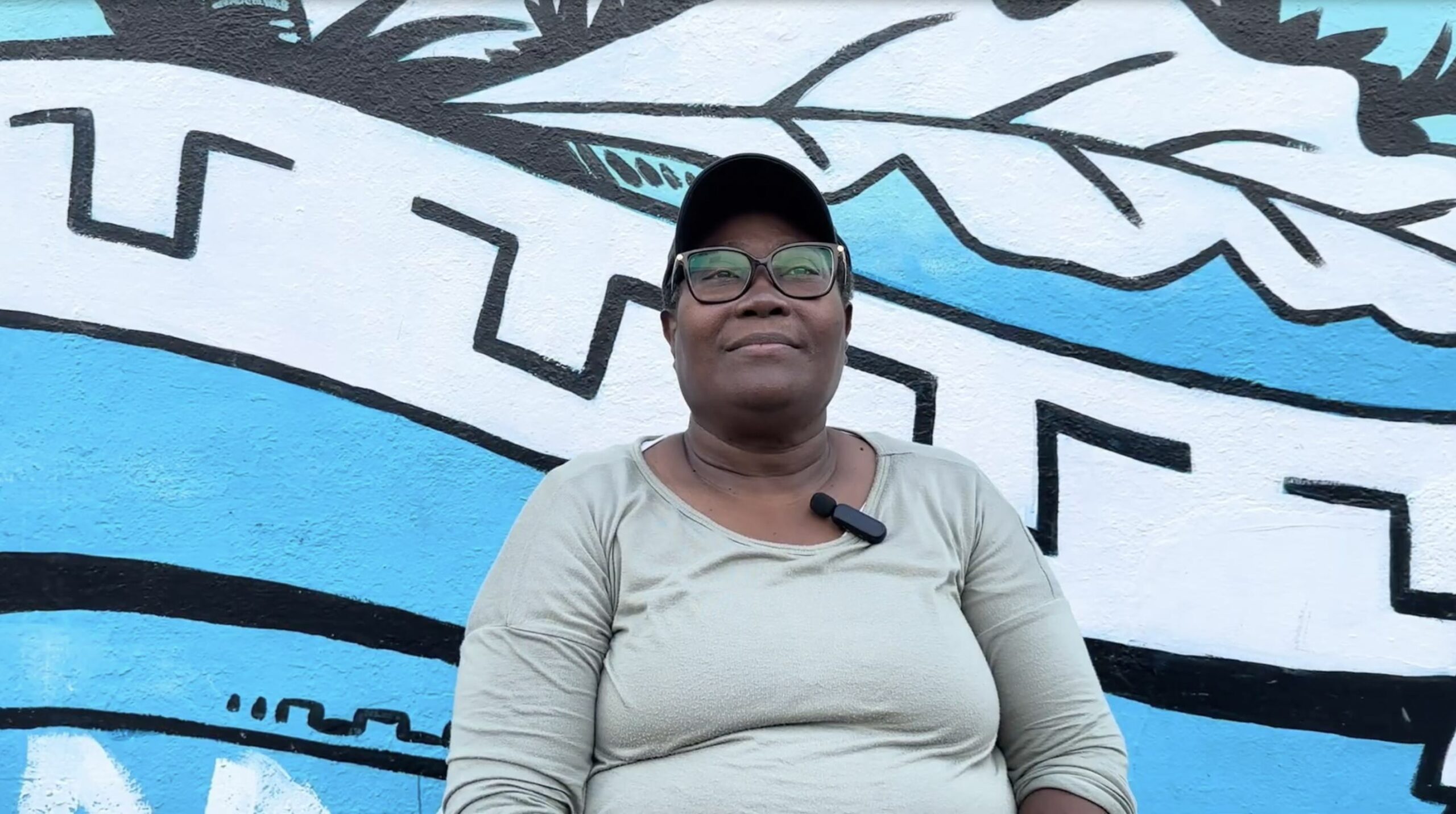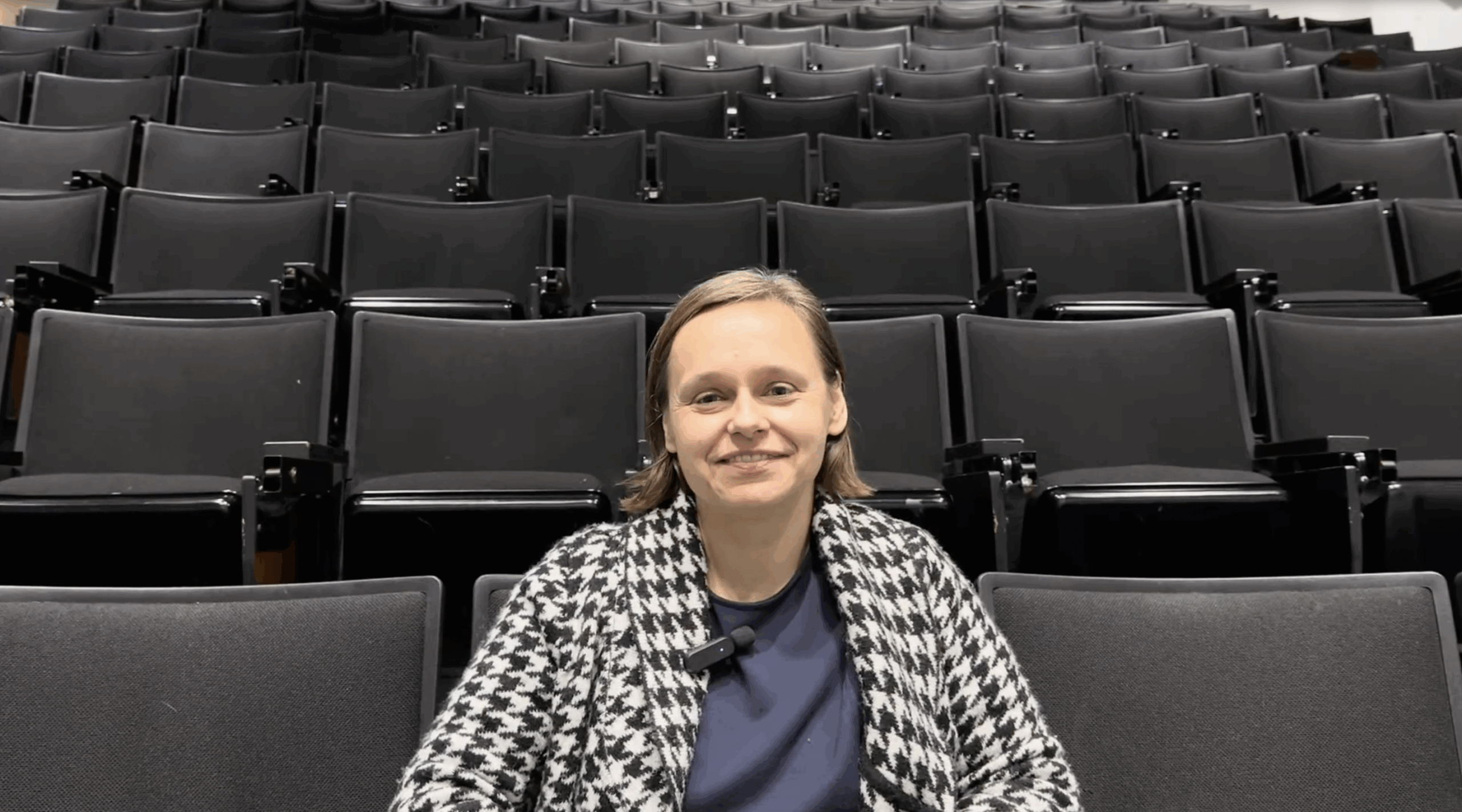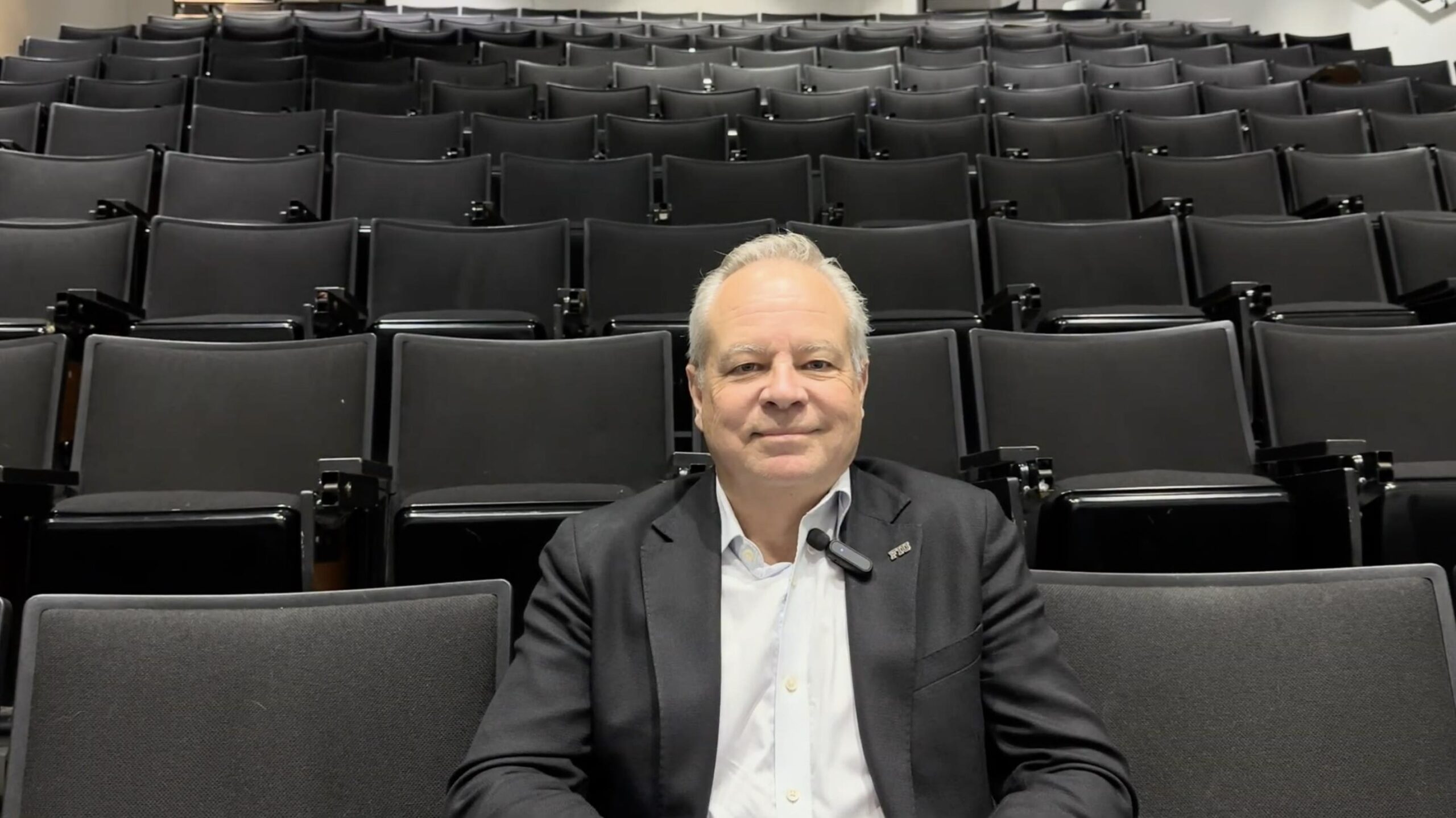
John Stuart, Professor of Architecture at Florida International University and Associate Dean of the College of Communication, Architecture, and the Arts, shares his commitment as a teacher to thinking about architecture and climate resilience. His teaching approach is a true call to imagination and forward thinking, seeking to prepare the next generation of architects for the future of urban environments.
Architecture in response to climate change
« We are particularly interested in the built environment, the historic environments of Miami Beach. The first thing they do is consider the built environment as a social construct. » Students examine the human interactions that have shaped these spaces, from the relationships between architects and contractors to the study of the inhabitants of buildings using modern tools, allowing them to trace the history of places and understand their role in the creation of communities.
Once this sociological analysis has been carried out, students look at the environmental resilience of buildings, particularly their vulnerability to severe weather events such as storms and sea level rise. ‘Students examine the height of the first floor in relation to sea level rise, the vulnerability of roofs to storms, the materials used and the impact of trees and other natural elements outside.’ In partnership with the city of Miami Beach, students explore the guidelines set out in the Buoyant City study, which they apply to their projects by considering resilience strategies tailored to climate challenges.
Imagination and technology: tools for resilience
One of the key elements of John Stuart’s teaching is the use of artificial intelligence (AI) to help students imagine future scenarios.AI is used in two ways: on the one hand, it helps us imagine a fictional future for a building by generating stories for its potential inhabitants, and on the other hand, it helps design projects based on these possible futures. This approach allows students to project themselves into extreme climate situations, such as picnics in a flooded courtyard. ‘The renderings generated by AI help us visualise these scenarios, which the students then use to create architectural solutions.’
Urban planning and the memory of the future
John Stuart also discusses the importance of memory in architecture, particularly through the preservation of historical elements while imagining the future. ‘Students think about what they want to preserve. It’s not just about preserving a building, but also preserving sociological elements in a way that encourages greater participation by residents.’ He emphasises the importance of this reflection on memory, explaining that what we value today may be very different from what will be perceived as essential in fifty years’ time.
The role of scientists in adapting to climate change
As part of his projects, John Stuart works closely with scientists specialising in sea level rise, which gives students an understanding of the diversity of possible scenarios. « There is a whole range of possibilities for sea level rise over the next 50 years. Scientists teach us that there is no single answer, but rather a range of probabilities. » In collaboration with the Sea Level Solution Centre, students learn to approach climate challenges from a dynamic and flexible perspective. John Stuart emphasises the need to teach young architects the value of this flexibility in the face of an uncertain future.
Combating powerlessness in the face of climate change
John Stuart raises the question of the power to act in the face of the scale of environmental challenges. ‘It’s a real internal struggle between cynicism and the desire to instil enthusiasm in younger generations.’ However, he is optimistic about the mobilisation of young people, who he believes are not only aware of the climate emergency but are also ready to take concrete action. ‘Students want to find solutions to ecological and social challenges. They see climate change not as an ideological threat, but as a direct threat to their quality of life.’
Reflections on the future of Miami
Envisioning the future of Miami is a complex exercise for John Stuart. ‘I don’t think my children will live here.’ The professor expresses his pessimism about the city’s long-term viability, while emphasising that the real challenge lies in the decisions that local and global authorities will make in the coming years. ‘The decisions that will be made by the insurance industry, for example, will determine whether coastal cities like Miami can continue to develop or whether they will become unliveable.’
A message of hope for the next generation
Finally, John delivers a message of hope: ‘One of the greatest lessons I’ve learned in 30 years of teaching at FIU is that you can learn a lot if you remain curious and open-minded.’According to him, the most optimistic students are those who explore the infinite possibilities of our world and seek to create a sustainable future through curiosity and innovation.
Stuart concludes on the importance of proactive and collective thinking in the face of global environmental challenges: ‘What we leave behind after our lives and our impact must be positive. There is no time to waste.’
Note
The ‘Buoyant City’ project in Miami Beach is an urban resilience study launched in 2017 by the city in collaboration with architects, urban planners and engineers. Its goal is to adapt the city’s historic neighbourhoods to the risks associated with rising sea levels while preserving their architectural heritage. Recommendations include raising buildings, developing innovative drainage systems and creating green spaces capable of absorbing rainwater. The project has been supported by institutions such as the University of Miami and has received awards for its integrated approach to urban resilience.
Testimonies from the same panel
